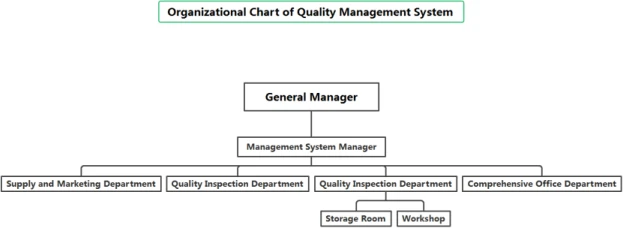
News
Lap . 21, 2024 03:07 Back to list
dtpa chelator
Understanding DTPA Chelators and Their Applications
DTPA, or diethylenetriaminepentaacetic acid, is a chelating agent that plays a pivotal role in various fields, from medical applications to environmental science. Its unique chemical structure allows it to form stable complexes with metal ions, making it a valuable tool for sequestering harmful metals and facilitating their removal from biological and environmental systems.
What is DTPA?
DTPA is a polyamino carboxylic acid that contains five acetic acid groups capable of binding with various metal ions, including lead, mercury, and other transition metals. The chelation process occurs when DTPA binds to a metal ion, surrounding it and effectively neutralizing its potential harmful effects. This process is crucial in both medical treatments and industrial applications.
Medical Applications
One of the most prominent applications of DTPA is in the field of medicine, specifically in treating heavy metal poisoning. For example, in cases of lead poisoning, DTPA is administered to reduce the concentration of lead in the bloodstream. This treatment is particularly effective due to DTPA's ability to cross cell membranes and bind to metal ions, facilitating their excretion through the kidneys.
Additionally, DTPA is used as a radiopharmaceutical agent in nuclear medicine. It can chelate radioactive isotopes, such as technetium-99m, which are used in various diagnostic imaging procedures. The chelation enhances the stability of the radioisotope and improves the quality of medical imaging, allowing for more accurate diagnoses.
dtpa chelator

Industrial Uses
Beyond the medical realm, DTPA is widely used in industrial applications. In water treatment processes, for instance, DTPA is employed to remove heavy metals from wastewater. By binding to toxic metal ions, it prevents these pollutants from contaminating water supplies, thus protecting both human health and the environment.
In agriculture, DTPA-chelated micronutrients are essential for promoting healthy plant growth. These chelated forms of nutrients, such as iron and zinc, enhance availability and uptake by crops, particularly in alkaline soils where metal ions are less soluble. This application not only improves crop yield but also plays a role in addressing nutritional deficiencies in food production.
Environmental Implications
The role of DTPA in environmental remediation cannot be overstated. As industries continue to contribute to heavy metal pollution, the demand for effective chelation strategies rises. DTPA helps to mobilize metals from contaminated soils, allowing for their extraction and safe disposal. This remediation technique is crucial in restoring contaminated sites and reducing the risks posed to ecosystems and human health.
Conclusion
In conclusion, DTPA chelators are essential tools with a wide array of applications ranging from medical treatments for heavy metal poisoning to environmental remediation and agricultural practices. Their ability to form stable complexes with metal ions not only mitigates the harmful effects of toxic metals but also opens avenues for innovative solutions in water purification and nutrient delivery in agriculture. As research continues and our understanding of chelation chemistry deepens, the importance of DTPA in health and environmental safety is poised to grow even further.
-
Polyaspartic Acid Salts in Agricultural Fertilizers: A Sustainable Solution
NewsJul.21,2025
-
OEM Chelating Agent Preservative Supplier & Manufacturer High-Quality Customized Solutions
NewsJul.08,2025
-
OEM Potassium Chelating Agent Manufacturer - Custom Potassium Oxalate & Citrate Solutions
NewsJul.08,2025
-
OEM Pentasodium DTPA Chelating Agent Supplier & Manufacturer High Purity & Cost-Effective Solutions
NewsJul.08,2025
-
High-Efficiency Chelated Trace Elements Fertilizer Bulk Supplier & Manufacturer Quotes
NewsJul.07,2025
-
High Quality K Formation for a Chelating Agent – Reliable Manufacturer & Supplier
NewsJul.07,2025
